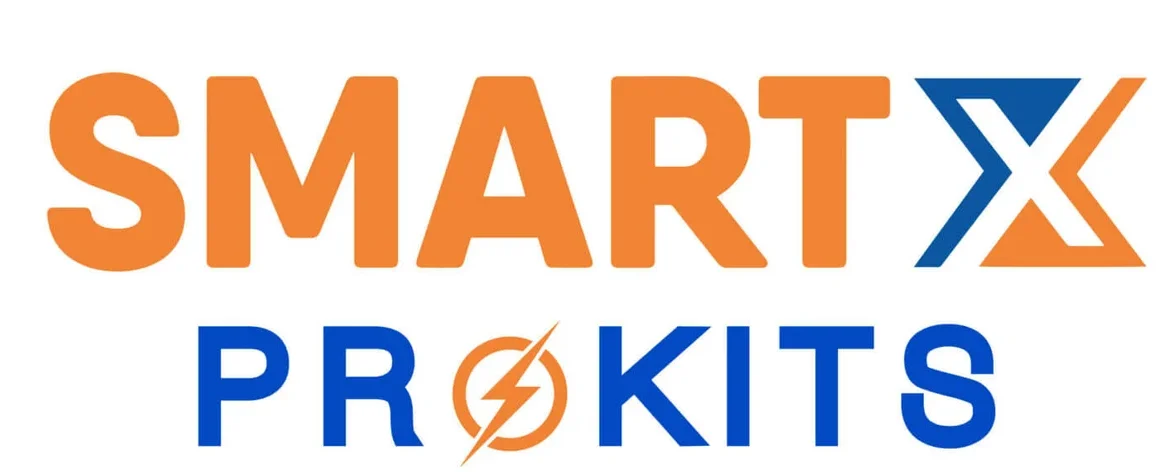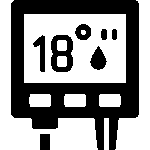Understanding SMPS Dynamic Load Response and How to Fix It

Switch Mode Power Supplies (SMPS) are popular in DIY electronics, but they often face dynamic load response issues. When the load on the SMPS changes suddenly, voltage spikes or drops can occur, potentially damaging sensitive components or causing erratic behavior in circuits.
The Problem :
When devices like motors, relays, or LEDs switch on or off, they create a sudden change in current demand. SMPS can take time to adjust, causing temporary voltage fluctuations. These fluctuations may cause microcontrollers to reset or damage connected devices.
The Solution :
To improve the dynamic load response of an SMPS:
Add a Low ESR Capacitor: A 470µF low ESR capacitor across the output helps absorb sudden load changes and stabilize voltage.
Use a Schottky Diode: Placing a 1N5819 Schottky diode in parallel with the load reduces voltage spikes due to fast switching, preventing voltage overshoot.
Practical Example :
Imagine an Arduino controlling a DC motor. When the motor starts, the sudden surge in current may cause the voltage to drop, leading to a system reset. Placing a 470µF low ESR capacitor at the motor’s input and adding a 1N5819 Schottky diode reduces voltage dips, ensuring smooth operation.
Sample Calculation :
To calculate the required capacitor:
C=ΔVI×t
Where:
I = load change (1A)
t = response time (0.001s)
ΔV = allowable voltage drop (0.5V)
C=0.51×0.001=2μF
To provide a safety margin, a 470µF capacitor is ideal.
Recommended Products :
Support our work and India’s innovation—buy from our Make in India site!




















